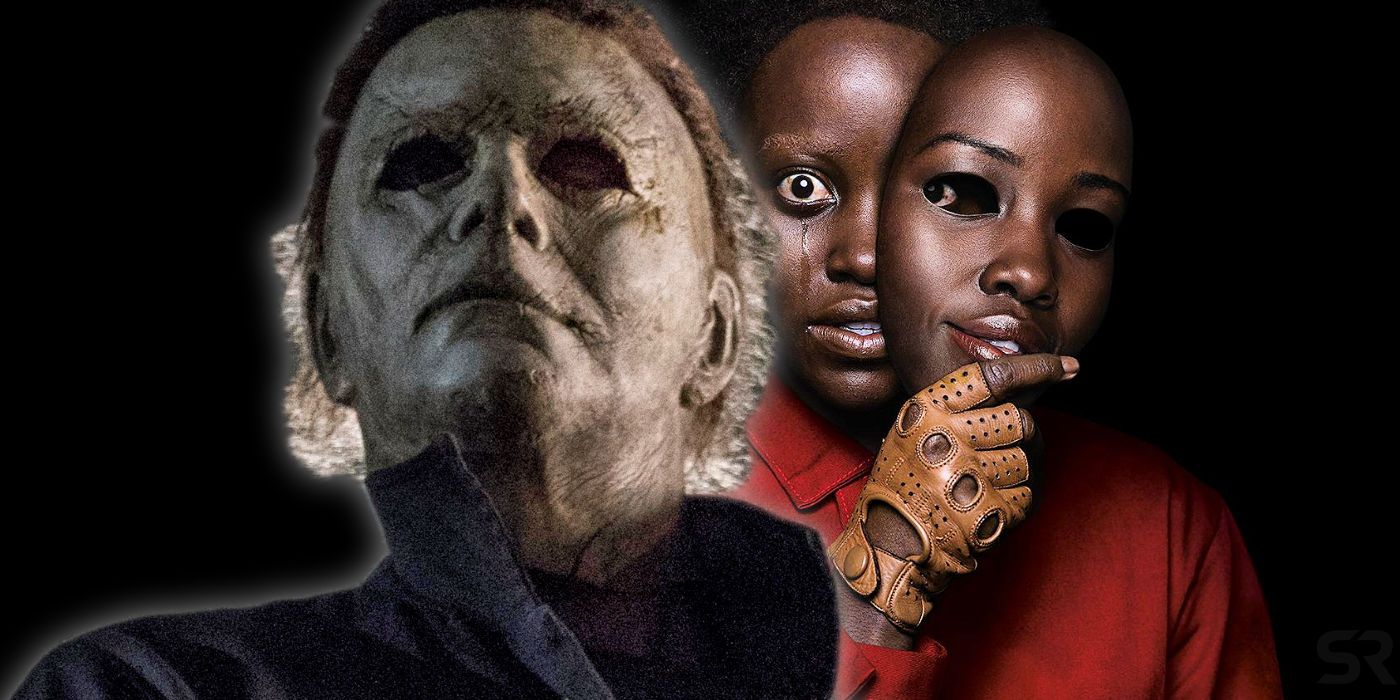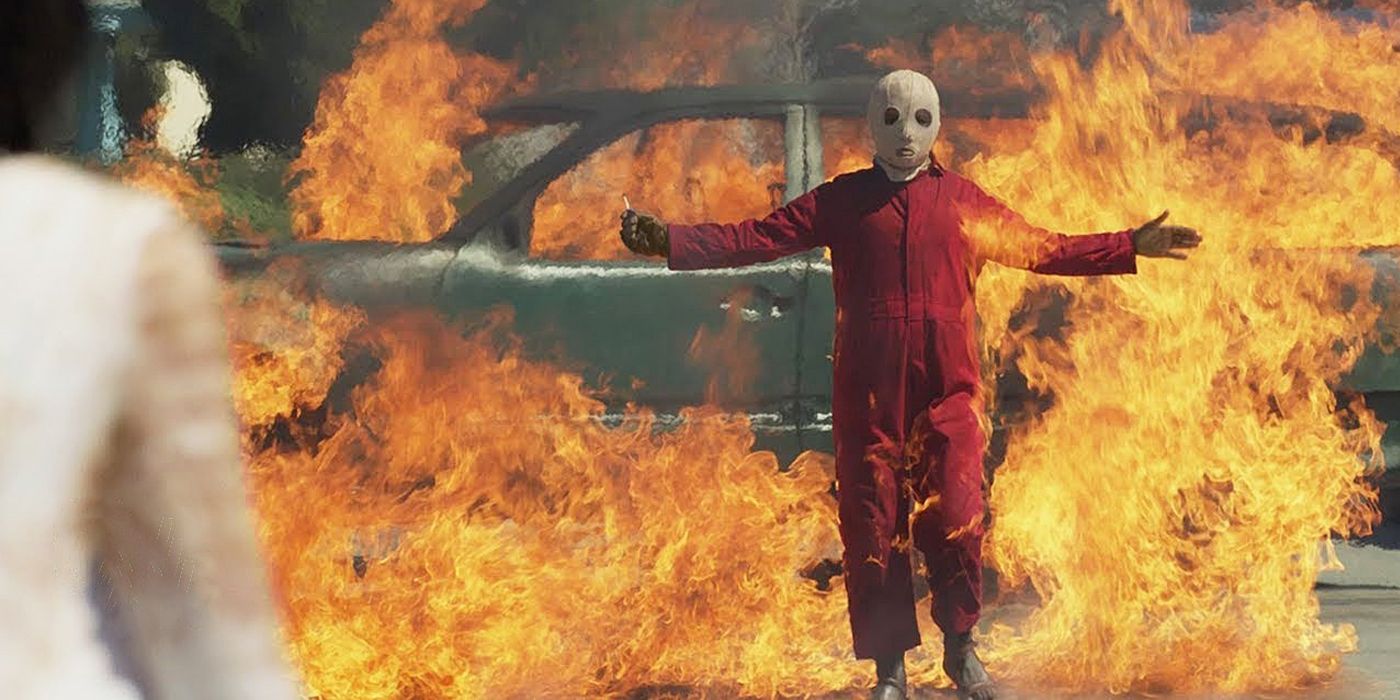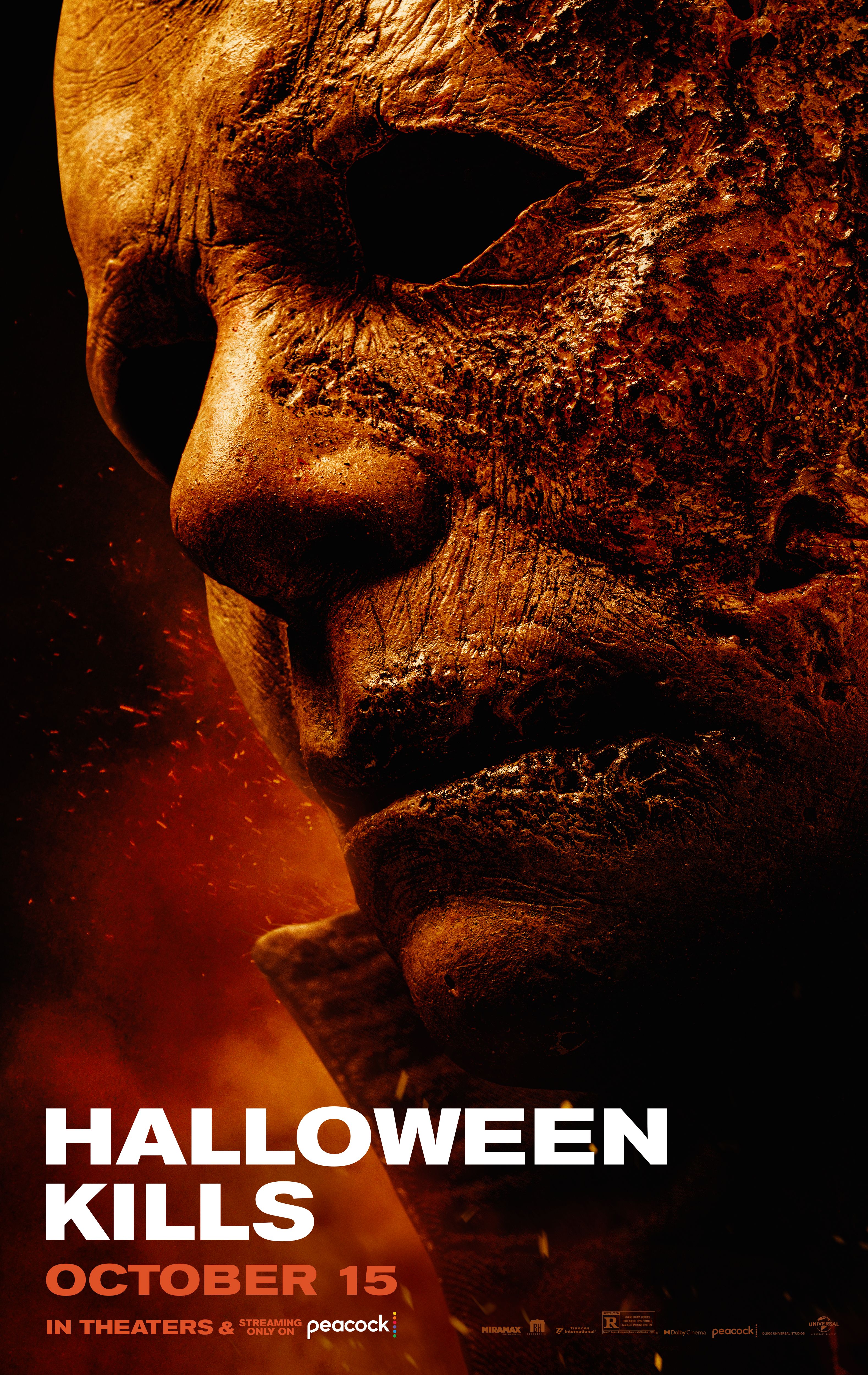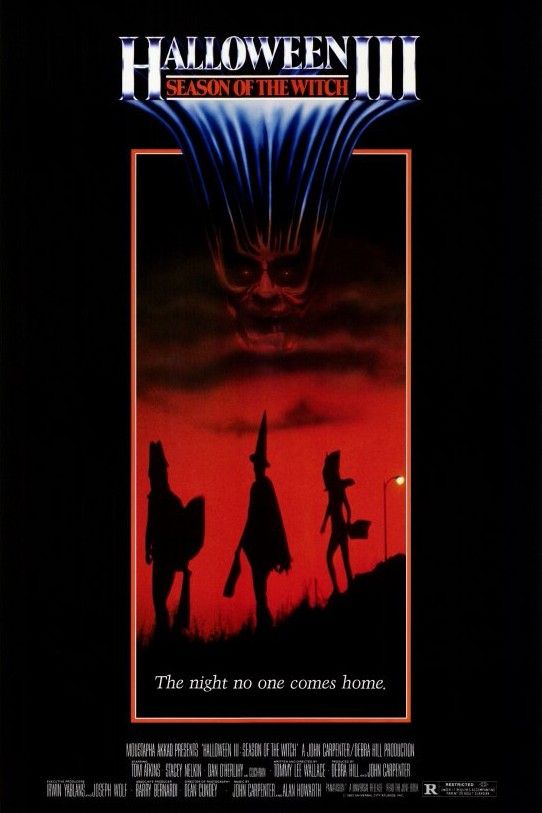Halloween's Michael Myers is one of horror cinema’s biggest mysteries, as he has managed to survive getting shot, burned, stabbed, and more. But what if his outstanding survival skills can be explained by a modern horror film? Specifically, Jordan Peele’s Us. Michael Myers was created by John Carpenter and Debra Hill and made his debut in Carpenter’s Halloween, in 1978. When Michael was six years old, he murdered his sister on Halloween night and was committed to Smith Grove’s Sanitarium, and escaped 15 years later.
Michael went back to Haddonfield, Illinois, and made Laurie Strode (Jamie Lee Curtis) his target, stalking her and killing her friends. Laurie survived and remained his target until her death between Halloween II and Halloween 4: The Return of Michael Myers – that on the first timeline, as she returned for the first retconning and the current reboot. Michael possesses strength, endurance, and durability superior to that of a regular human, without having any sort of supernatural source or experimentation done on him, so why is he like that? Maybe the answer is in Us.
A Reddit user found some links between Halloween and Us, and explains that Michael Myers is most likely a Tethered. Us centered on a family who were attacked by a group of dangerous doppelgängers, called “the Tethered”. They looked just like them, but were truly savage as they were looking for revenge after living underground for decades. With that in mind, the theory explains that the Michael Myers that has been committing all those murders for decades is not the real Michael, but his doppelgänger. At some point during that Halloween night in 1963, young Michael Myers was abducted and replaced by his clone, who then went on to kill his sister. This would explain his sudden urge to kill, as he supposedly hadn’t displayed any murderous tendencies prior to that night.
Michael Myers never speaks, and the only noise to ever come out from his mouth are grunts, very much like the Tethered, who are unable to speak. Michael’s clothes even look like those worn by the Tethered, only in a different color, and Dr. Loomis often described him as having a blank, emotionless face, and the “darkest eyes”, as if he didn’t have a soul – just like the clones in Us. The author of the theory even found a link to the often forgotten Halloween: Resurrection: in Us, there were miles and miles of seemingly unused tunnels, where the Tethered resided and moved around. In Halloween: Resurrection, there was a tunnel system underneath the Myers house, which would make it possible for his clone to switch places with him. That, of course, if the Halloween: H20/Halloween: Resurrection timeline is taken into account.
Michael Myers as a Tethered would explain some things about his unbelievable endurance and his apparent immortality; although the Tethered were not immortal, they did show a bigger endurance than their “normal” counterparts, and their need for blood and violence could barely be contained, just like Michael’s. Jordan Peele mentioned Halloween as inspiration for the scene where the Tethered Wilsons first arrive, and mentioned the film a couple of times during interviews, so it wouldn’t be too crazy if there was a connection between the two and Jordan Peele managed to give some explanation on Michael Myers’ nature. At this point, it’s unlikely that Peele and Carpenter will shed some light on this, but it’s a fun idea to keep in mind while watching the Halloween franchise.




